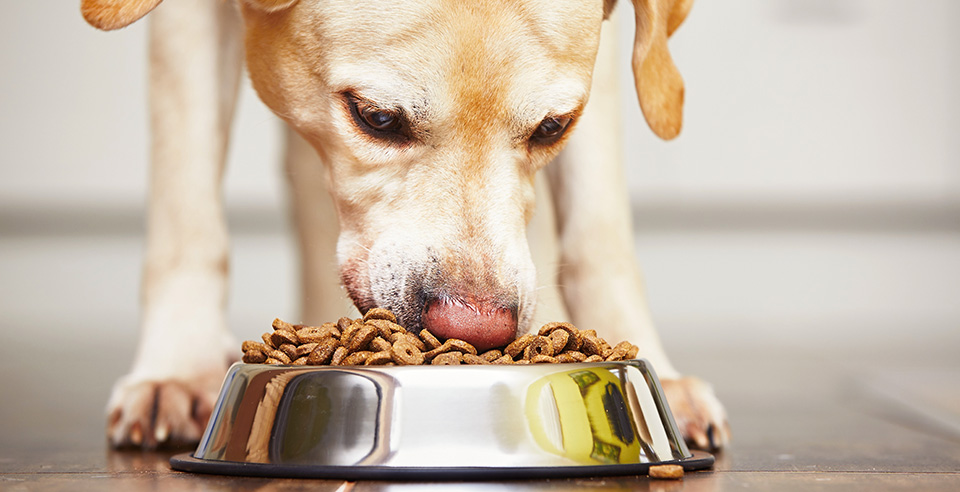
A Guide to the Best Food Types for Your Dog's Health
Introduction: Choosing the right food for your dog is essential for their overall health and well-being. With countless options available on the market, ranging from kibble to wet food to raw diets, navigating the world of canine nutrition can be overwhelming. In this comprehensive guide, we'll explore the best food types to feed your dog, taking into account their nutritional needs, preferences, and specific health considerations.
-
Balanced and Nutritious Diet:
A balanced and nutritious diet is the foundation of your dog's health. Regardless of the specific food type you choose, it's important to ensure that it meets all of your dog's nutritional requirements. A high-quality dog food should contain a blend of protein, carbohydrates, fats, vitamins, and minerals to support your dog's overall health and energy levels. Look for products that have undergone rigorous quality control measures and are formulated by veterinary nutritionists to meet the nutritional standards set by organizations such as the Association of American Feed Control Officials (AAFCO). -
Types of Dog Food:
a. Dry Kibble: Dry kibble is one of the most popular choices for dog owners due to its convenience, affordability, and long shelf life. This type of dog food typically contains a mixture of meat, grains, vegetables, and other ingredients that are formed into bite-sized pieces. Dry kibble helps to maintain your dog's dental health by reducing plaque and tartar buildup, thanks to its abrasive texture. Additionally, many dry kibble formulas are formulated to address specific dietary needs, such as weight management, joint health, or food sensitivities.
b. Wet Food: Wet dog food, also known as canned food, is made with higher moisture content than dry kibble and often has a richer flavor and aroma that appeals to picky eaters. It's an excellent option for dogs with dental issues or those who have difficulty chewing dry food. Wet food can also be a good choice for dogs with certain health conditions, such as kidney disease or gastrointestinal problems, as it provides additional hydration and may be easier to digest. When selecting wet food for your dog, opt for products that are made with high-quality ingredients and free from artificial additives or fillers.
c. Raw Diets: Raw diets, also known as BARF (Biologically Appropriate Raw Food) or PMR (Prey Model Raw), consist of uncooked meats, bones, organs, and vegetables that mimic the diet of wild canines. Advocates of raw feeding believe that it offers numerous health benefits, including improved digestion, healthier skin and coat, and reduced risk of certain health conditions. However, raw diets require careful planning and preparation to ensure that they are nutritionally balanced and free from harmful bacteria such as Salmonella or E. coli. It's essential to consult with a veterinarian or veterinary nutritionist before transitioning your dog to a raw diet to ensure that their nutritional needs are met safely and effectively.
-
Considerations for Special Diets:
a. Grain-Free: Grain-free dog foods have gained popularity in recent years, with many pet owners opting for grain-free formulas due to concerns about food allergies or sensitivities. While some dogs may benefit from a grain-free diet, it's essential to note that grains such as wheat, corn, and rice are not inherently harmful to dogs and can provide valuable nutrients and dietary fiber. If your dog has been diagnosed with a grain allergy or sensitivity, work with your veterinarian to identify suitable grain-free options that meet their nutritional needs.
b. Limited Ingredient: Limited ingredient diets are formulated with a minimal number of ingredients to reduce the risk of food allergies or intolerances. These diets typically feature a single protein source and a limited number of carbohydrates and are free from common allergens such as grains, dairy, and artificial additives. Limited ingredient diets can be beneficial for dogs with food sensitivities or gastrointestinal issues, providing a simplified and easily digestible option for optimal nutrition.
-
Feeding Guidelines and Portions: In addition to selecting the right food type for your dog, it's important to pay attention to feeding guidelines and portion sizes to prevent overfeeding or underfeeding. Follow the recommendations provided by the food manufacturer based on your dog's age, weight, activity level, and breed size. Monitor your dog's body condition score regularly and adjust their food intake as needed to maintain a healthy weight and body condition. Remember to provide fresh water at all times and avoid feeding your dog table scraps or human foods that may be harmful to their health.
Conclusion: Choosing the best food for your dog is a critical decision that can have a significant impact on their health and well-being. Whether you opt for dry kibble, wet food, raw diets, or specialized formulas, prioritize high-quality ingredients, nutritional balance, and suitability for your dog's individual needs. Consult with your veterinarian for personalized recommendations and guidance on selecting the right food type for your canine companion. With a nourishing diet tailored to their needs, your dog can enjoy a lifetime of health, vitality, and happiness by your side.








